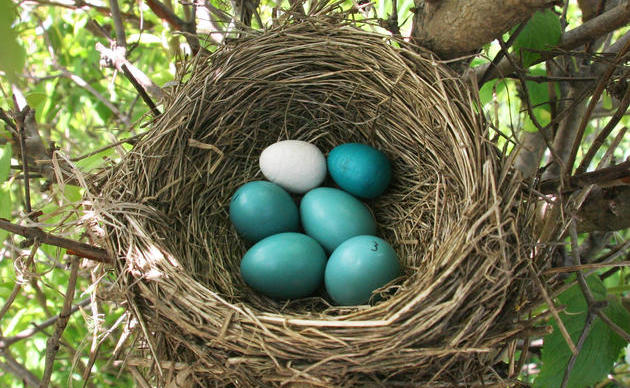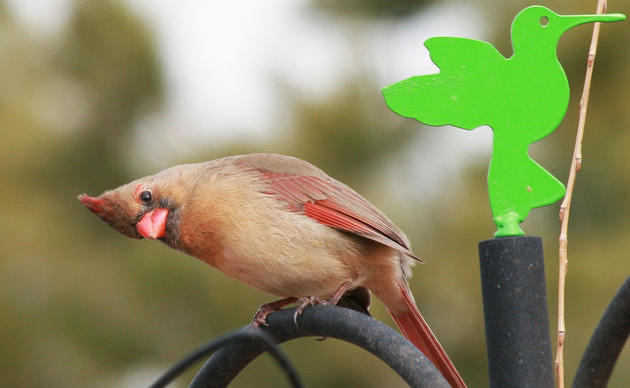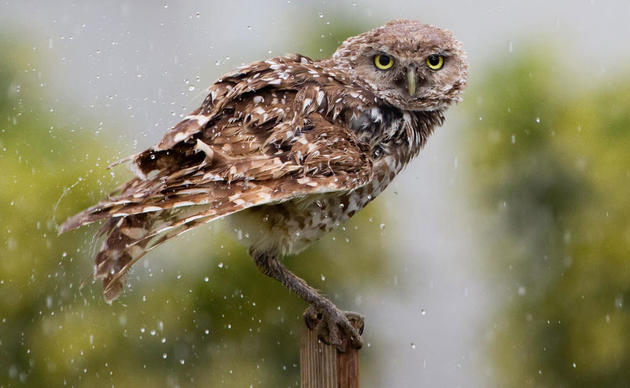Susan Willson has a killer cat.
“He's basically a professional killer,” Willson says. “I was trying to find something that worked because I was so appalled at him bringing me two birds a week.”
Willson also happens to be a tropical avian ecologist and conservation biologist at St. Lawrence University, and she sits on the board of Audubon’s Northern New York chapter. So, in an attempt to curb Gorilla’s ferocious habit, she began a digging around online until she found theBirdsBeSafe collar. Lo and behold, it worked. “It was, like, 100 percent effective on my cat,” Willson says.
Encouraged, she devised an experiment to see if the results would hold true for other cats. And a twelve-week trial conducted the fall of 2013 found that on average, the cats killed 3.4 times fewer birds over a twelve-week period; in a spring trial, they took down a whopping 19 times fewer.
Since house cats are one of the biggest threats birds face in the wild—they kill somewhere between 1.3 and 4 billion birds every year in the U.S.—the BirdsBeSafe could really make a dent in the mortality rate. Willson figures that if just one percent of the nearly 100 million domesticated cats in the U.S. wore the collar, some 1.7 million birds’ lives might be saved in the spring, when the problem is at its worst.
Photo: Greg Mabley
Her biggest hope though, is that the data might compel advocates who work with feral cats to try the collar out. “Feral cats seem to be doing 70 percent of the predation on birds, at least in the U.S.” Willson says. “I would hope that the feral cat colony people would see this as a good solution.”

Among the domesticated cat owners, at least, that realization seems to be slow in coming. Fewer than half of the cat owners who participated in the fall trial agreed to participate again in the spring. And almost 80 percent who participated in the study said afterward that they wouldn't use the collar again, citing reasons ranging from personal taste to the cats’ (perceived) discomfort.
To which we say, if you think wearing a collar is uncomfortable, try wearing an attacking cat.




